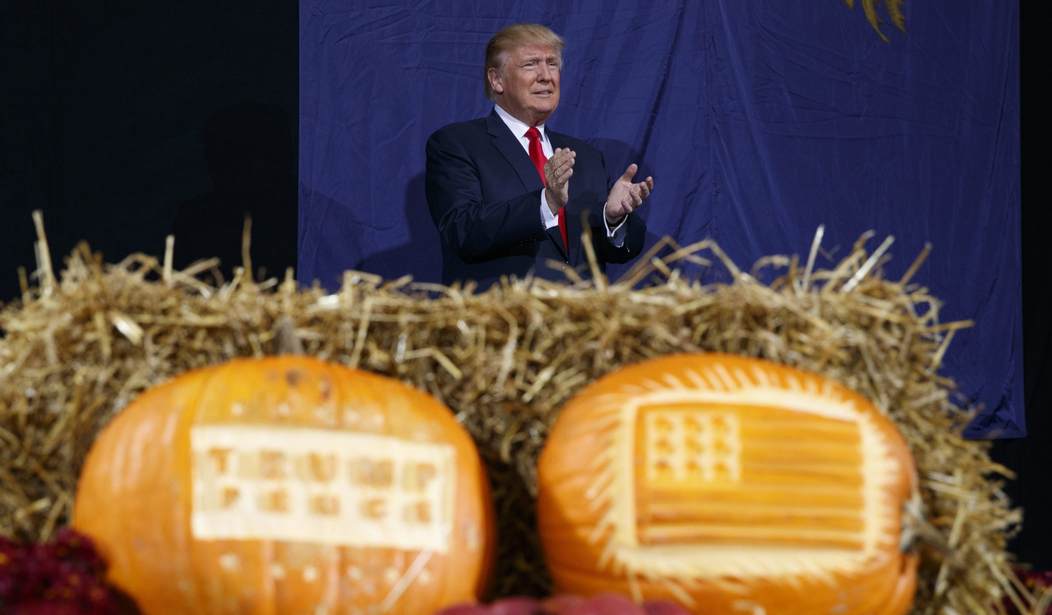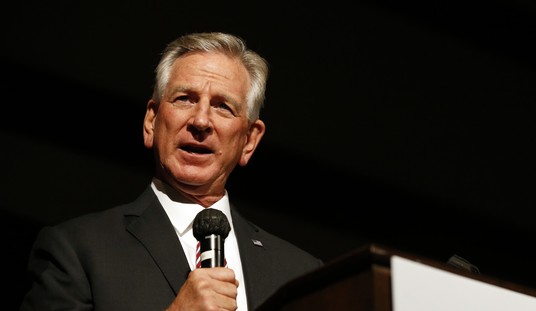From my column yesterday in the Sunday New York Post:
Driving across the country last week, it seemed hard to believe an American presidential election is happening a week from Tuesday. Few campaign signs sprout from urban lawns; partisan billboards along the highways are scarce. Away from the coasts, the talk on the radio is largely of football and Jesus, not politics. It takes a moment, hearing a spot in North Carolina for a US Senate candidate, to realize the voice belongs to President Obama, interrupting some country music.
Oh, there’s plenty of chatter about it in the raging echo chambers of talk radio and TV cable news, and in the cocksure journalists’ fun house known as Twitter, where in-the-tank reporters and dispossessed campaign consultants, smarting over their collective defeat in the primaries, smugly assure each other that Donald Trump will lose in a landslide.
But what if the widely swinging polls, turnout models and forecasting mechanisms are all wrong? What if the unique historical circumstances of this election — pitting the female half of a likely criminal family dynasty against a thin-skinned bull-in-a-china-shop businessman — have invalidated conventional wisdom? What if the ranks of shy voters storm the polls and, in the words of Michael Moore, deliver the biggest rebuke in history to the establishments of both parties?
What if, far from having a lock on 1600 Pennsylvania Ave. come January, Hillary Clinton’s margin-of-error lead — currently between 4 and 5 points in the RealClearPolitics average of multiple national polls — turns out to be a Potemkin village, dependent on high turnout among blacks and other minorities and on getting late deciders to turn her way?
What if, in fact, the opposite happens — that Trump’s appeal to the disaffected white working class (many of them Democrats) in coal-mining and Rust Belt states outweighs the Democrats’ traditional advantages in the big cities, flipping a state like Pennsylvania from blue to red?
Welcome to the hidden election, where those who say they know what’s going to happen don’t, and those who do know will make their voices heard on Nov. 8.
The key to this election, as it has been all along, is the battle in the Electoral College over four main swing states: Ohio, Florida, Pennsylvania and North Carolina. If Trump wins all four of those, he is the next president of the United States. After that, however, it’s tricky:
Despite the structural advantages in the Electoral College the Democrats currently enjoy — they start with New York (29), Illinois (20) and California (55) already in their pockets — the truth is that Trump need only retain the states Romney won in 2012 (including, critically, North Carolina) and then flip these three battleground states: Ohio, Pennsylvania and Florida. That would give him a 273-265 victory.
Thanks to Mr. October Surprise himself, James Comey, the polls are either shifting radically in Trump’s favor today, or not budging at all. Who knows? The propaganda war being fought via the media and their polls-a-day gaslighting strategy is still going on. Anyone who tells you he or she knows what’s going to happen a week from tomorrow is lying.
If Trump loses Pennsylvania, his next-best chance to close the deal comes from Virginia and Iowa/Nevada, where the combined 19 to 25 electoral votes would just squeak him over the line. But thanks to the metastasizing numbers of federal employees in the northern Virginia DC suburbs, the Old Dominion is no longer a sure thing for the Republicans; Hillary is currently up 8 points. Neither is Nevada, Harry Reid’s service-employees fiefdom, where Hillary leads by 2 points.
Meanwhile, consider this: If Trump loses Pennsylvania and Virginia, but (in addition to Ohio and Florida) wins New Hampshire, Iowa and Nevada, the race ends in a 269-269 tie. Then it might come down to a single congressional district in Maine or Nebraska (neither a “winner take all” state) or even wind up in the House of Representatives.
And what fun that would be! My conclusion:
The truth is, this is an election not just between Clinton and Trump but a whole raft of political antagonists in Barack Obama’s “fundamentally transformed” America: urban vs. rural; old vs. young; makers vs. takers; taxpayers vs. recipients; white collar vs. blue collar; Harvard vs. the heartland; manipulative consultants and biased reporters vs. honest Americans who, however naively, believe that their vote really does matter.
Many have felt apathetic or disenfranchised for decades.
The question is: How many of them are there and are there enough of them to hold the GOP line and deliver the three crucial states to Trump? We’ll soon find out.









Join the conversation as a VIP Member